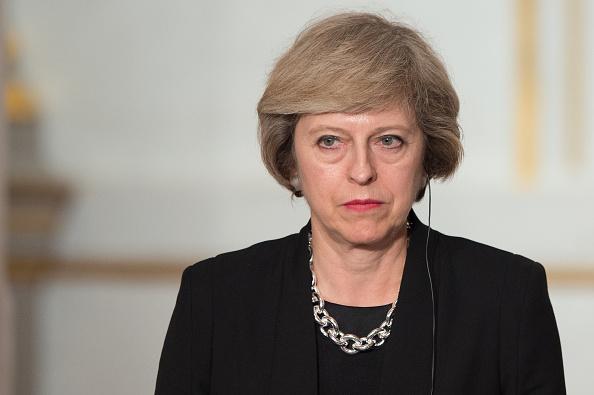Portrait of a PM: building a bridge back to the 1950s

11 September 2016
When Theresa May sacked George Osborne she offered him some “elder-sisterly” advice. If he “wanted to be prime minister” after her, she said, he should get to know the party.
Now we know what she meant. Half of Conservative Party members are older than 59, and they want to turn back much of modernity.
That is part of what the return of grammar schools is about. When the Prime Minister has to insist it is “not a proposal to go back to the 1950s” we know that, for many people, that is precisely what it is.
It is not just the Tory party: the British people support the expansion of grammar schools by a margin of two to one, as we found in a ComRes poll for The Independent last month. What this means is that the liberal centre has got it wrong again. You can’t turn the clock back, the liberals say, when that is exactly what most of our fellow citizens want to do, on Brexit, on grammar schools and on returning to an “industrial strategy”.
Yes but the evidence, the liberals say. The British people were not much interested in the evidence that leaving the EU would damage them economically. And Prime Minister May, who told us (and Xi Jinping, the Chinese president) that her preferred method was to consider the evidence about the Hinkley Point nuclear power station and then to reach a decision, is as interested in the politics as the evidence.
In a way, and despite having privately disparaged David Cameron and Osborne for their gesture politics, she is more interested in gesture politics. For if you read her “meritocracy” speech on Friday carefully, she is not proposing to “bring back grammar schools”. She is proposing a limited increase in academic selection where it meets stringent conditions, but she is happy if everyone calls it the return of grammar schools.
She obviously thinks she understands gesture politics better than her predecessors. It seems as if she spent six years in Cabinet observing the Bullingdon boys thinking: “You’re doing it all wrong.”
Her approach reminds me of former Soviet leader Leonid Brezhnev. According to Dick Cheney, the former US Vice President, Richard Nixon said Brezhnev “had once told him that sometimes in order to go on being a statesman you have to be a politician for a while. And that means if the people see an imaginary river out there, you don’t tell them there's no river there, you build an imaginary bridge over the imaginary river. That would be a politically successful strategy.”
So May doesn’t tell people that grammar schools aren’t the answer. She builds the bridge. Just as she doesn’t tell them that Brexit is bad for them. She's going to make that work. She doesn’t tell them that they don’t want to go back to the past; she's building a bridge to the 1950s.
She is a self-consciously old-fashioned politician, with a hint of John Major's “back to basics” about her. She didn’t discourage Stephen Crabb from leaving her Government after he sent salacious WhatsApp messages to a young woman. This week her comment on allegations that Keith Vaz paid for sex was that politicians have a “duty” to provide people with “confidence” in them.
She knows that going back to the 1950s is what “ordinary working-class people”, who she mentioned nine times in her speech, want. That is the message she takes from the Brexit vote: that Cameron and Osborne were seen as liberal metropolitan apologists for globalisation, and that most voters outside London want something older and better.
Hence, too, the “Department for Business, Enterprise and, er, the other thing”, as Philip Hammond, the Chancellor, called it on Thursday. “The department which keeps changing its name,” as he called it, is now called the Department for Business, Energy and Industrial Strategy. Some of its own civil servants think it absurd that it should have the word “strategy” in its name (“isn’t that what a government department does?”), but “industrial strategy” is code for a pre-Thatcherite economic policy. It is a symbol of, a gesture towards, a time when jobs were secure, the population more settled and people “got on” in life.
Gordon Brown and Peter Mandelson tried to build that particular bridge to the past in 2008-2010, but it didn’t amount to much more than warm words mocked as the government trying to “pick winners”.
So those trying to place May on the left-right spectrum, with grammar schools as evidence of how right-wing she is, may be missing the point. She is trying to construct a pro-working-class traditionalism. Remind you of anyone?
What we don’t know yet about her is how good a politician she is. We may end up with with an expensive half-built bridge to nowhere.
Subscribe to Independent Premium to bookmark this article
Want to bookmark your favourite articles and stories to read or reference later? Start your Independent Premium subscription today.

Join our commenting forum
Join thought-provoking conversations, follow other Independent readers and see their replies